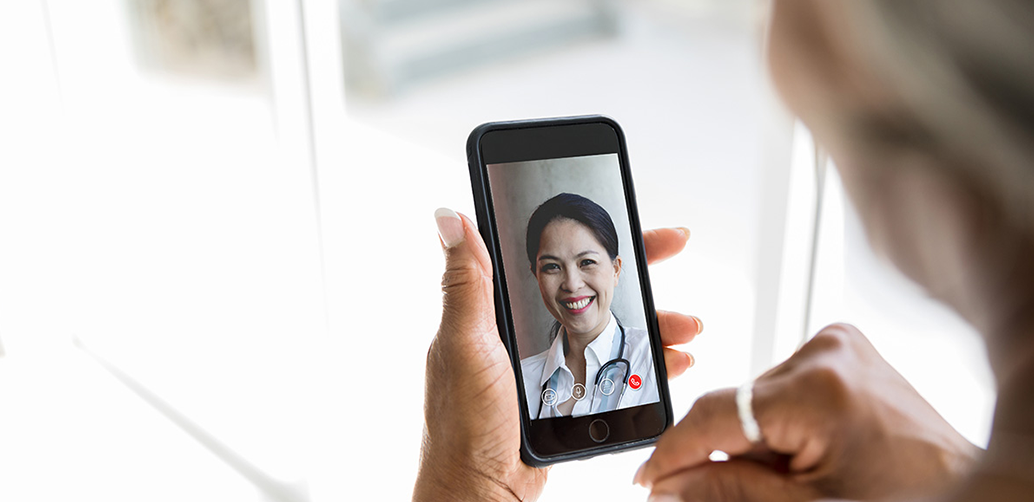In a report requesting people to get a primary care physician, they also stated that telehealth could have a role to play in its expansiveness.
One of the doctors and chief medical officer in an organization, commented on this catchy report. As a virtual primary care provider, powering digital health employers and companies, his intellectual resources were quite relevant for insightful details. Here is a rundown of all that he had to do on the aforementioned issue.
The Effect of Virtual Care on Getting a Primary Care Provider
One of the Doctors suggested that virtual care increases the possibility of every person having a primary care provider. However, using the internet for connectivity should not be synonymous to using ‘Doctor Google’, which can be actually dangerous.
Virtual care establishes a multimodal door to access medical practitioners. They can be accessed from wherever, whenever, be it from remote locations or via a face-to-face appointment.
The role digitalization has in it is to deliver primary care at a larger scale. Personally, The same doctor intends to provide primary care that is effective, high-value, convenient, and accessible to everyone.
Telehealth Organization Providers’ Mechanism to get Physicians on Board
Before telehealth providers had to step in, the pandemic made many physicians experience remote consultation and care. That made them realise how primary care could be moved outside the walls of their clinics. Telehealth organizations operate on this loophole and provide physicians autonomy and freedom for remote work as well.
Telehealth enables the vision of physicians to cater to the most amount of people in a smaller time span with reduced fuss. As organizations elaborate on software and design processes, physicians begin to acknowledge how this situation is a win-win both for their patients as well as themselves. It helps them provide exceptional care while keeping safety and experience of patients at the centre of the model.
Telemedicine has a broader purpose and helps physicians gain autonomy, provide care with purpose, and improve skills.
Future of Virtual Care and Role of In-Person Care
The pandemic certainly unveiled new possibilities in front of us in terms of how virtual care can fit in the dynamics of traditional care. Physicians acknowledged their widespread scope and multi-dimensional care outside the clinic boundaries.
Many healthcare systems have begun the transition from conventional care to a more all-round system with virtual care as an integral possibility. ‘Virtual care’ and ‘telehealth’ will soon be synonymous with seeing a doctor as an ample amount of problems can be resolved remotely. This technique of ‘connected care’ helps patients come closer to their care provider and build a better relationship with them.
The fate of virtual care rests in the hands of people, however it does not look like virtual care is going back at all. Having said that, virtual care is not the solution for every problem and some do need in-person diagnosis. But, once a patient is connected with virtual doctors, they can guide him through the process and help him reach the right place, for the right tests, at the right time.

 Web and Full Stack
Web and Full Stack CMS and Frameworks
CMS and Frameworks Online Marketing
Online Marketing Cloud Services
Cloud Services ECommerce
ECommerce Mobile
Mobile



